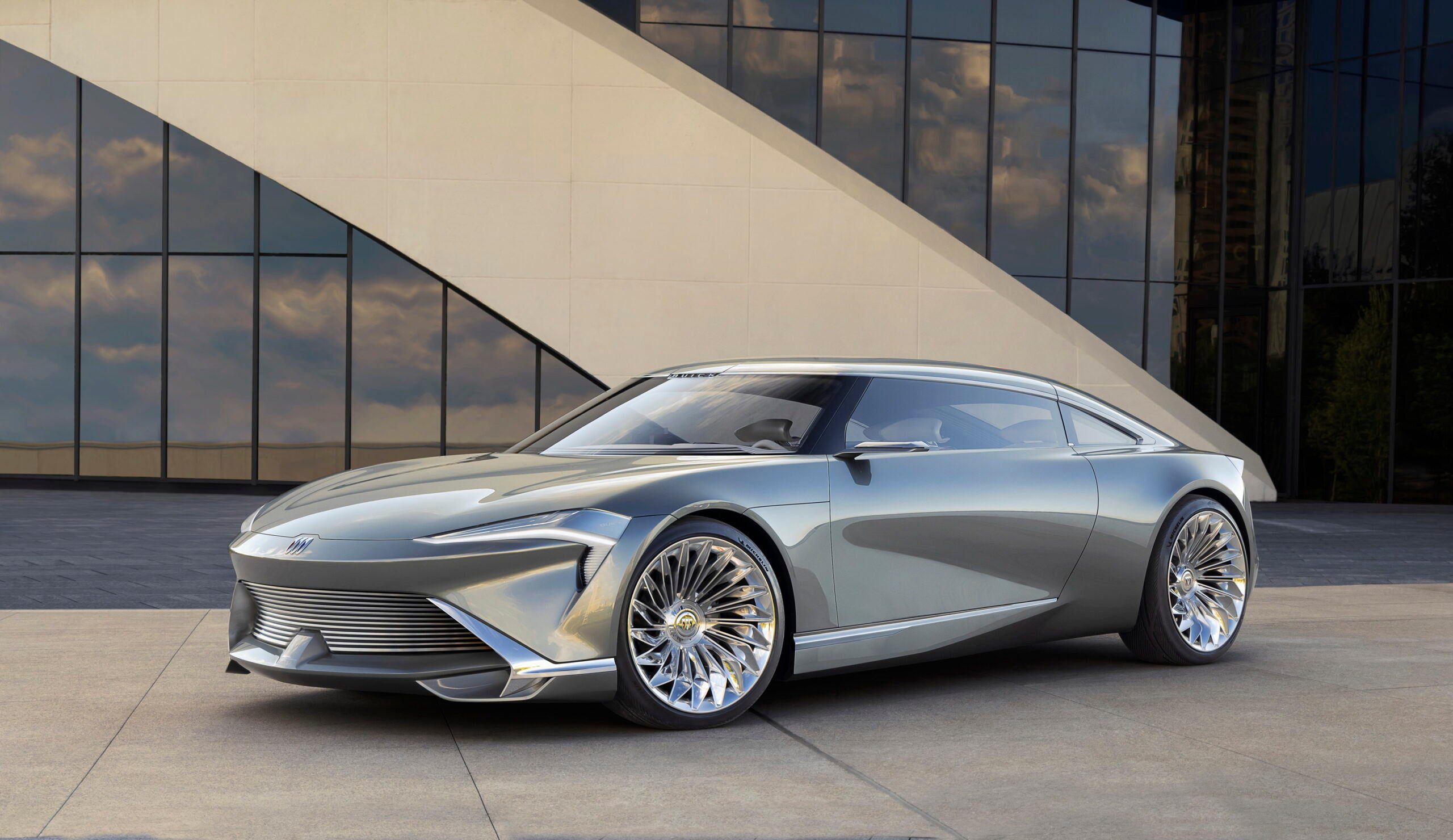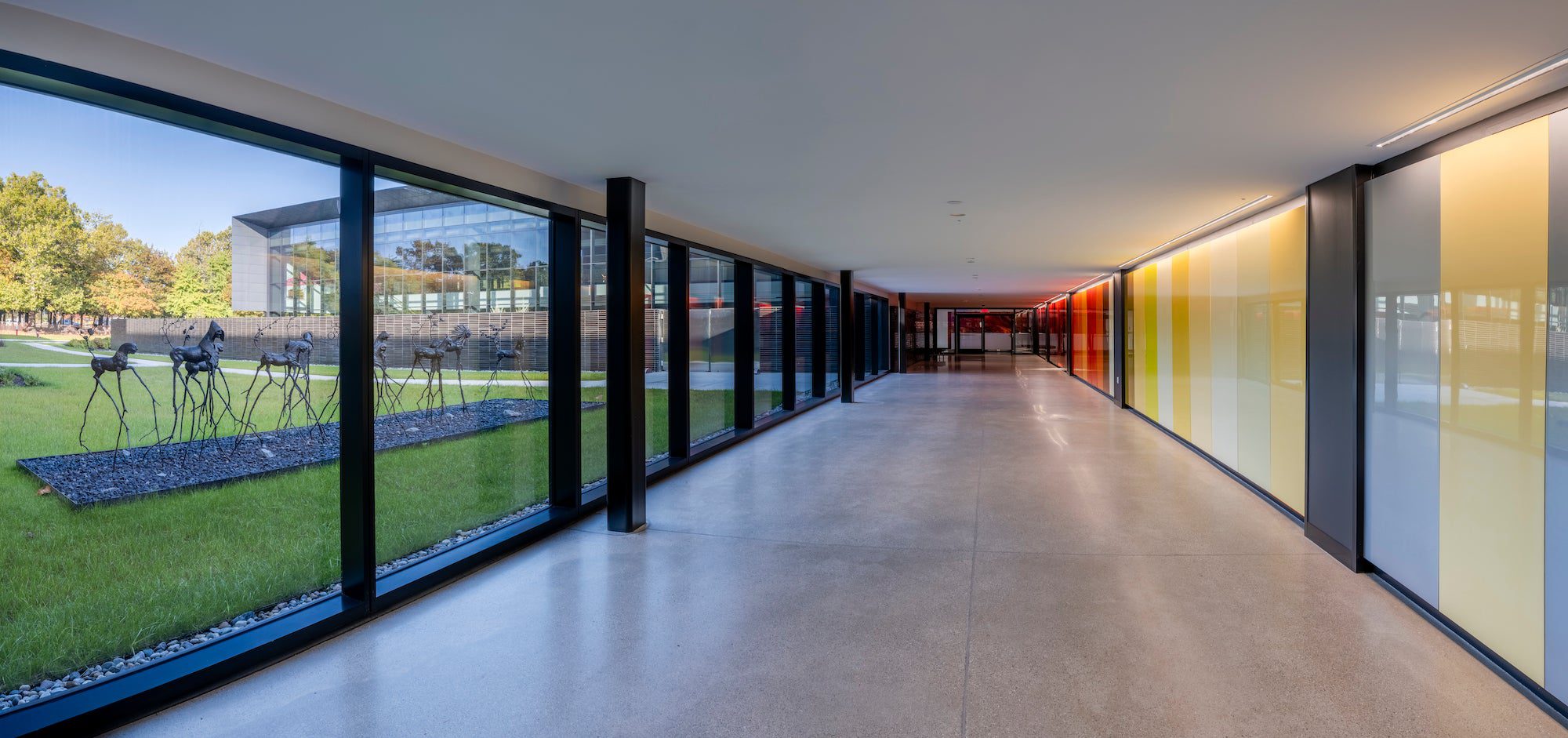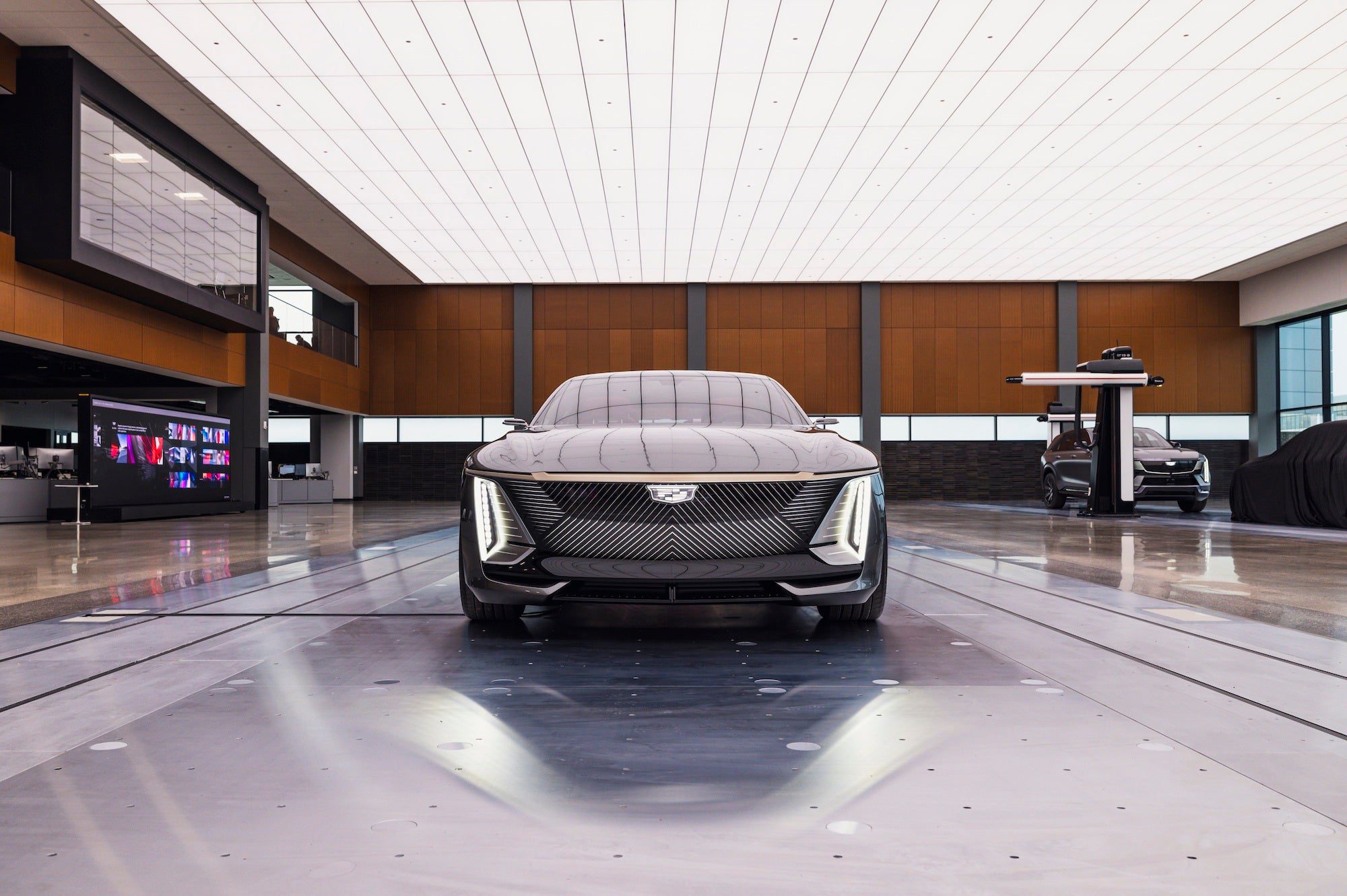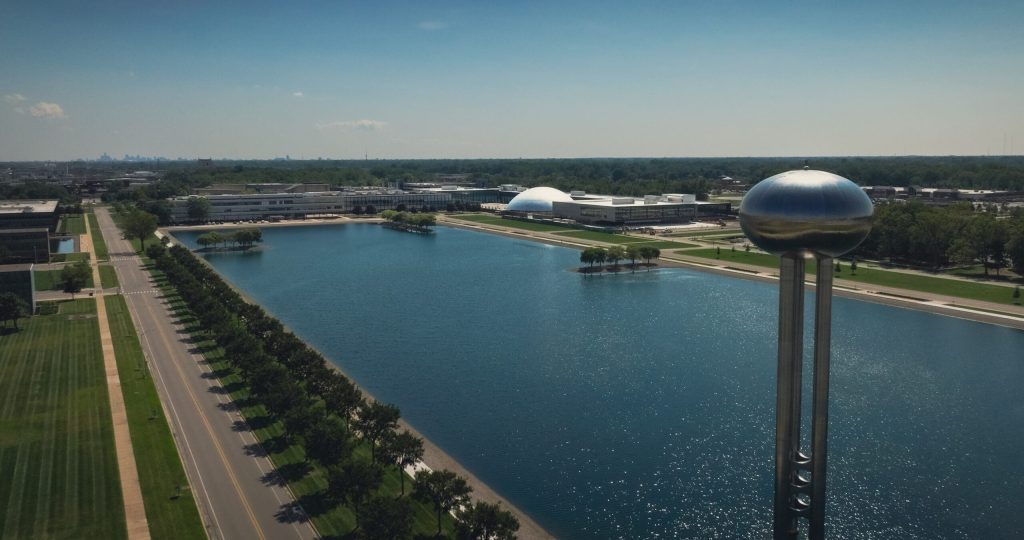In GM's new Design West building, there are various concepts and next-generation vehicles being worked on. The space is large, and people are wearing comfortable shoes as they walk around. When you step onto the cement floor, you can hear murmurs and sounds from hundreds of people all working toward the same goal of moving the legacy automaker forward quickly and efficiently.
How do car designers look eight to 10 years ahead to create vehicles that look good and will sell? In this building, GM creatives have moved into a new home, and the ideas are flowing. Here at the intersection of art, design, engineering, and technology, GM is showcasing vehicles the public knows are coming, plus many more that few people have seen.
It’s all part of a $1 billion upgrade to the Technical Center campus, a significant investment for this century-old automaking conglomerate. Already, the 2025 Buick Enclave three-row SUV was recently uncovered with a clear nod to the Buick Wildcat EV concept unveiled in 2022. Sleek and angular with aerodynamic lines that suggest speed, the Wildcat seems to be inspiring future ideas and giving a second look at what may have been a lackluster brand in the recent past. The Buick Wildcat concept is a big change from the classic brand. Using every resource available

In the Design West facility, collaboration is easier than it was before, as design teams have better access to varied physical scenarios for quicker and more impactful design reviews. The floor-to-ceiling windows enable more natural light, and vehicles can be more easily moved on to the courtyard for viewing outdoors.
The new Digital Design Visualization Center includes a full audio setup with capacity up to 120 decibels–basically, the noise level of a jet plane–and a nearly 56-foot-wide screen with more than 76 million pixels. Virtual tools are incorporated into each studio area to enable real-time, on-demand global design collaboration, and it seems the line between where the computers start and people stop (and vice versa) is fluid.
3D modeling still reigns
Forty-four high-tech mill sites are ready to carve giant blocks of clay into the desired shapes before sculptors take over with specialized tools. These are five-axis mills, capable of cutting across three distinct linear axes. At the same time, it rotates on two vertical axes to process five sides in total. Sculptors learn the software to program the mills so the process is hand in glove.
GM has not completely rejected traditional methods for making vehicles. Highly skilled artists shape details into clay models after the machines have done their part of the work.
“We have been expecting to move away from clay models for a long time,” says GM Senior Vice President of Global Design Michael Simcoe. “But this is an art form. By using a physical model, you get a unique reaction in three dimensions; judging proportions and scale is challenging, virtually.”
Alongside the all-clay models are those partially covered in Di-Noc, a flexible film used for many years in the automotive industry for wraps and color depiction. Large company 3M bought Di-Noc in the 1960s and still uses the name. Today, GM staff in the Design West building apply it to clay models to assist designers in observing the reflection of light on the surface as it interacts with the body of the car.
Tearing down the walls
GM’s Design West consists of long hallways adorned with art and color.
The new building provides more space for presentations, and each of the car manufacturers–Cadillac, Chevrolet, Buick, and GM–are observing each other. There's a feeling of peripheral inspiration rather than one-upmanship. Even those working on virtual modeling are nearby under an overhang to control the influx of light on their computer screens. If the old buildings were isolated and divided, this is the complete opposite. GM’s world is turned upside down in the most rational, ambitious ways.

I can’t disclose everything I saw on that design floor. There are many things that I am sworn to keep secret; at least for now. But if Buick’s Wildcat EV concept is any indication of the bold direction GM is taking into the next decade, it seems that billion-dollar investment will be very successful.
Cadillac’s Celestiq is one of numerous vehicles GM is preparing for the future.
Can the Technology and Design Center help revitalize the century-old company?










